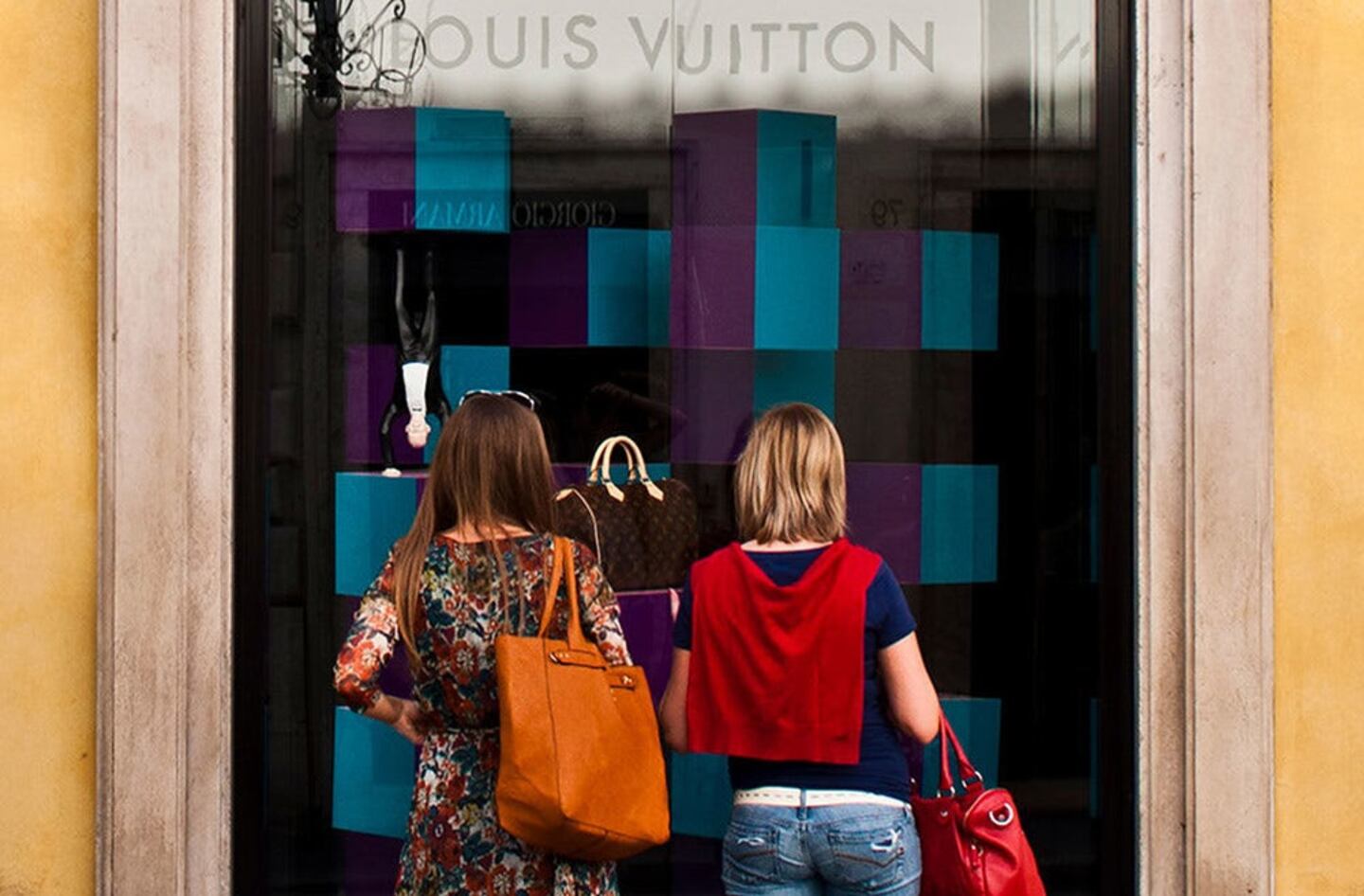
The Business of Fashion
Agenda-setting intelligence, analysis and advice for the global fashion community.

Agenda-setting intelligence, analysis and advice for the global fashion community.

As expected, China’s economy surged 18.3 percent in the first quarter of 2021, versus a year ago, when the country was largely shut down for a significant period to manage the spread of its worst Covid-19 outbreak, according to data released today by the country’s National Bureau of Statistics.
This represents a 0.6 percent slowdown compared with the fourth quarter of 2020. China’s first quarter is traditionally a time of lower economic production, due to an extended break for Chinese New Year, which this year fell in February.
Retail sales grew by 34.2 percent in March, year-on-year. This represents a slight improvement from the 33.8 percent increase for January and February.
Major international brands reporting their quarterly earnings this week reflect China’s increased appetite for consumption in recent months. At LVMH, revenue growth of 32 percent compared to the same period in 2020 was led by China’s “strong rebound”, while at L’Oréal Group, a 23.8 percent growth in its Asia-Pacific business was also bolstered by mainland China.
With consumers tightening their belts in China, the battle between global fast fashion brands and local high street giants has intensified.
Investors are bracing for a steep slowdown in luxury sales when luxury companies report their first quarter results, reflecting lacklustre Chinese demand.
The French beauty giant’s two latest deals are part of a wider M&A push by global players to capture a larger slice of the China market, targeting buzzy high-end brands that offer products with distinctive Chinese elements.
Post-Covid spend by US tourists in Europe has surged past 2019 levels. Chinese travellers, by contrast, have largely favoured domestic and regional destinations like Hong Kong, Singapore and Japan.